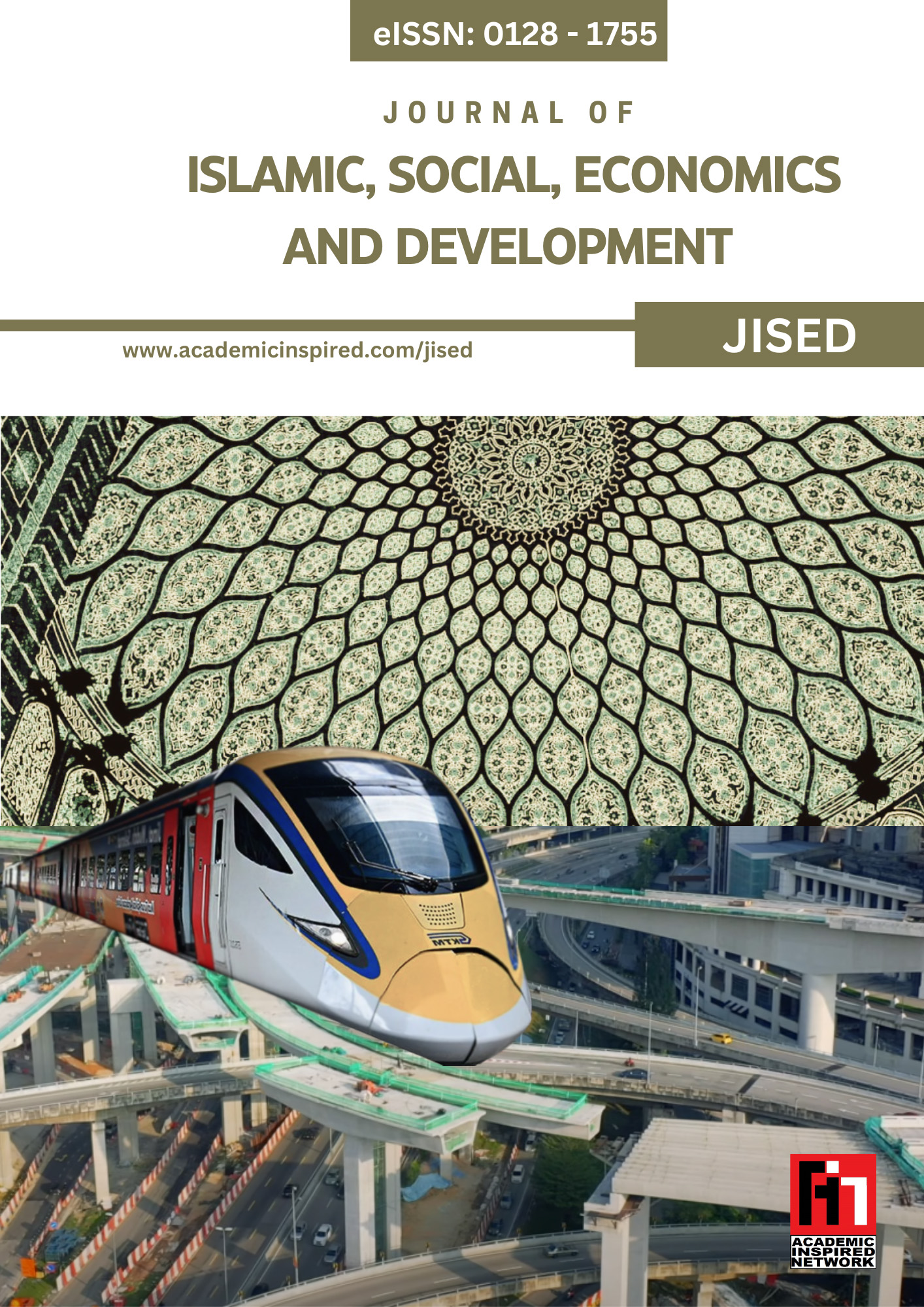Building physical characteristics and microclimatic conditions influence outdoor thermal comfort: Case of Kuala Lumpur
Keywords:
Building physical characteristics, Microclimatic conditions, tdoor thermal comfort, Kuala Lumpur, Building heat indicatorsAbstract
Rapid urbanization in tropical cities like Kuala Lumpur has exaggerated outdoor thermal discomfort, primarily due to the urban heat island (UHI) effect. This has led to growing concern over public health and urban livability. This study investigates how building physical characteristics and microclimate conditions influence outdoor thermal comfort in six locations, including residential, commercial, and green spaces, which were selected to examine variations in thermal comfort across different urban forms. Data on air temperature, relative humidity, wind speed and heat index were collected at a height of 1.5 meters over seven consecutive days in March 2024 using handheld environmental meters. The findings revealed a mean temperature range of 29.1°C to 30.0°C, with standard deviations as high as 5.7°C, indicating significant temperature fluctuation. There is a strong negative correlation between wind speed and air temperature (r = -0.913, p = 0.011) and heat index (r = -0.952, p = 0.003), highlighting that higher wind speeds considerably lower perceived heat and enhance thermal comfort. Conversely, higher air temperature was associated with higher heat index values, indicating higher thermal discomfort, particularly in dense urban areas with limited ventilation. The study also highlights the effect of building height towards microclimatic conditions, with low-rise buildings (<4 storeys) contributing to higher heat retention than mid-rise buildings. These findings provide valuable insight into how urban planning can mitigate thermal discomfort through strategic building designs and ventilation improvements, contributing to sustainable urban development.













